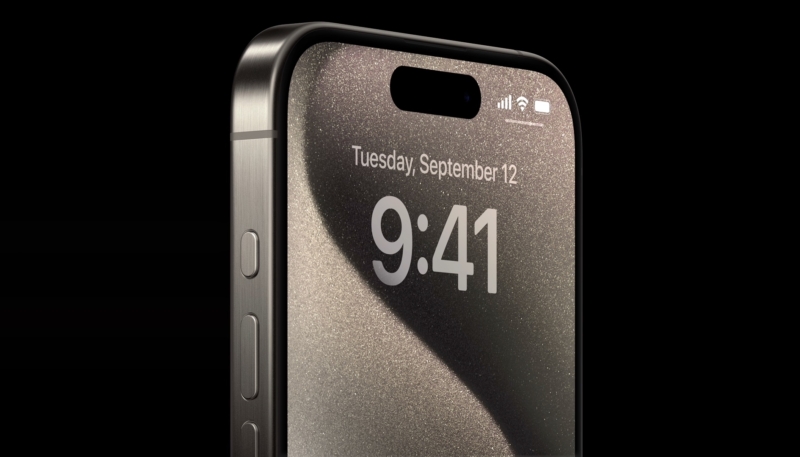Apple’s upcoming iPhone 16 lineup will make the most of its display area, thanks to the company’s use of a new ultra-thin bezel technology, claims a new report from Korean news outlet SisaJournal.
The bezel, which is the border area around the display screen of the iPhone 16 series scheduled to be released by Apple in the second half of this year, is expected to be further reduced. Apple plans to release four models, including the iPhone 16 regular model, Plus, Pro, and Pro Max, and it is reported that all of them will introduce the new BRS (Border Reduction Structure) technology, an ultra-thin bezel technology.
Border Reduction Structure (BRS) technology minimizes the bezel at the bottom of the display. BRS does this by rolling up the internal copper wiring into a more compact package.
Apple reportedly plans to use the borderless display technology on all four iPhone 16 models, which will likely debut this September.
Although Apple has reportedly tried to use the technology on previous iPhone models, its previous attempts were foiled due to heat issues. Apple’s decision to try again was spurred by recent improvements in heat dissipation technology.
Apple’s iPhone 15 Pro lineup was able to benefit from reduced bezel sizes by using low-injection pressure over-molding, or LIPO, to shrink the display border size to 1.5 millimeters. (The iPhone 14 lineup had a border size of around 2.2 millimeters.)
Multiple sources have claimed that the iPhone 16 Pro and iPhone 16 Pro Max will have a 6.27-inch display (159.31 mm), while the iPhone 16 Pro Max will feature a 6.85-inch (174.06 mm) screen.
The increased display size will see the dimensions of the iPhone’s body also increase. The iPhone 16 Pro and 16 Pro Max will be slightly taller and wider than the previous models. The larger size of the devices will provide more space inside for components. This could lead to larger, longer-lasting batteries for example.
(Via MacRumors)


